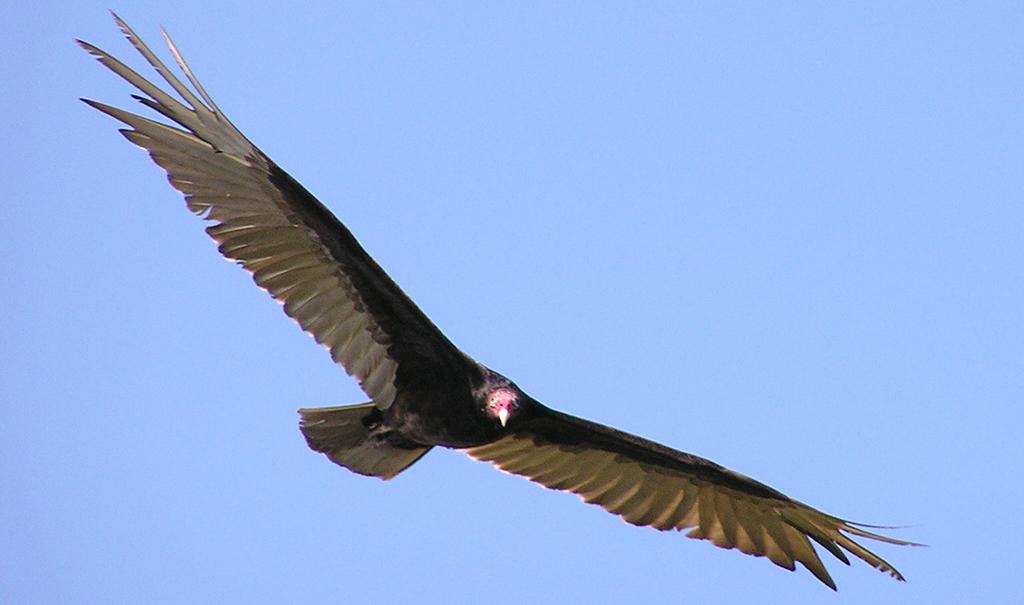Wildlife
Wildlife viewing is a part of everyday life in our area. Birding is popular because the area boasts a year ’round population as well as migratory birds traveling along the “coastal flyway.” You’ll enjoy a seemingly endless array of birds including bald eagles, osprey, red-tailed hawks, various types of ducks, Canada goose.
How to Bird Watch
You probably hear birds every day, but can you tell one bird song from the next? Birdwatching, or birding, is an increasingly popular hobby in many parts of the world. Venturing out to look for and listen to various species of birds in your locality can be both enriching and relaxing. All you need is a pair of binoculars, a field guide, and a willingness to observe.
Get a pair of binoculars. A pair with reasonable magnification (e.g. 7x or 8x) and lighter weight often works better in cluttered environments like forest or woodland. Higher magnification (10x or 12x; and heavier weight) glasses are better for open country and wetland birding; but some people will find them more difficult to hand hold and therefore suffer a more shaky image.
Get a field guide. Some people prefer the guides with illustrations because photographs can lead to confusion due to poor lighting, flash, posture, etc. Get into the habit of studying the birds’ habits, calls, and field marks before birding. This way, you will be ready to identify a particular bird the instant you see it.
Find other bird watchers. If you really enjoy bird watching, search online for birding groups and chapters near you. Many lead bird walks that you can attend. Contact local universities or parks to find out whether classes or walks are being offered. The more sets of eyes and ears there are, the more birds you’ll find, especially if you go with bird watchers who are more experienced than you are.
Start bird watching in the morning, when birds are searching for food, and listen. Most of the time, you will be surrounded by bird calls and songs, but will not have a single bird in sight. Look for movement in trees, and bring your binoculars to your eyes. Don’t try to find the bird through your binoculars.
Identify the bird you’ve spotted in your field guide. You will find that birds stick to certain ranges—range maps will be shown in your field guide. Do not focus on color as this alone can lead to misidentifications. Focus on shape, size, markings, posture, behavior, etc. Watch places where field markings are normally, like wing bars or the tail feathers.
Create your “life list”. This is a list of every species of bird you have seen. Eventually, you might progress to creating various other lists: yard lists, month lists, year lists, state lists, etc. and you might start “twitching” (UK) or “chasing” (US)–that is, traveling so you can catch sight of a rare bird to add to your list. Write down the bird species, gender (if you can tell), location and date.
Respect the birds. Birdwatching etiquette and ethics are important in making sure that as birding becomes more popular, the birds’ habitats are not disturbed. Some guidelines suggested by the American Birding Association include:
1. Don’t stress the birds with recordings or artificial lighting.
2. Don’t get too close to nests, nesting colonies, roosts, display areas, and important feeding sites; your presence may interfere with birds’ activities.
3. Respect private property.
4. Avoid advertising the presence of a rare bird if it may result in habitat disturbance.
5. Don’t attract birds to areas where they are in danger, such as if your cat plans on eating them for lunch.
Birds
Bald Eagle: The Bald Eagle is a bird of prey found in North America. It is the national bird of the United States of America and appears on its Seal. This sea eagle has two known sub-species and forms a species pair with the White-tailed Eagle.
Osprey: Sometimes known as the sea hawk, fish eagle or fish hawk, is a diurnal, fish-eating bird of prey. It is a large raptor, reaching more than 60 cm in length and 180 cm across the wings.
Turkey Vulture: Also known in some North American regions as the turkey buzzard, and in some areas of the Caribbean as the John crow or carrion crow, is the most widespread of the New World vultures.
Mallard: The Mallard or Wild Duck is a dabbling duck which breeds throughout the temperate and subtropical Americas, Europe, Asia, and North Africa, and has been introduced to New Zealand and Australia.
The Great Blue Heron is a large wading bird in the heron family Ardeidae, common near the shores of open water and in wetlands over most of North and Central America as well as the Caribbean and the Galápagos Islands.
The Great Egret, also known as Great White Egret, Common Egret, Large Egret or Great White Heron, is a large, widely-distributed egret. An egret is any of several herons, most of which are white or buff, and several of which develop fine plumes during the breeding season.






